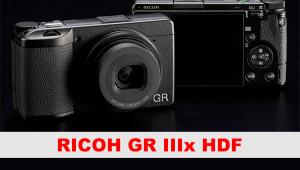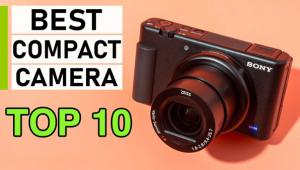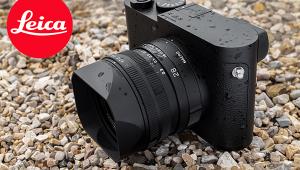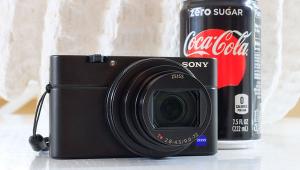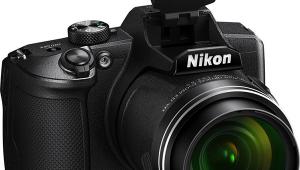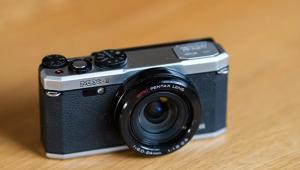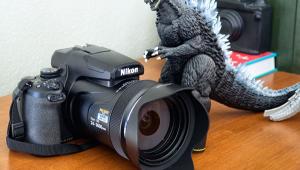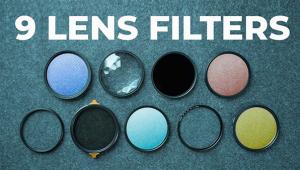The Big X (Zoom Ratio) Factor; Five Superzoom Digicams Page 2
But being able to see exactly what the camera is going to capture is very important, particularly when shooting long telephoto images, where the degrees of coverage are very limited, and even slight coverage differences can make a significant difference in composition. The EVF generally works best for daylight shooting, since it cuts out any glare that might obscure the monitor view. Do keep in mind that EVFs don’t refresh instantaneously, so you might actually see some motion “smear” when you move the camera around.
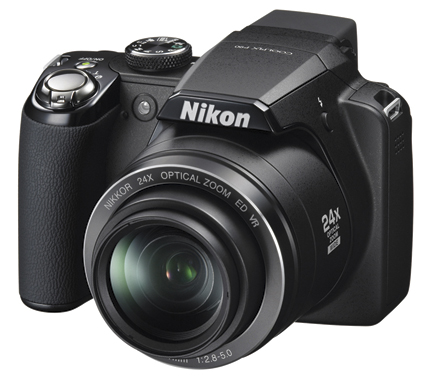 |
|
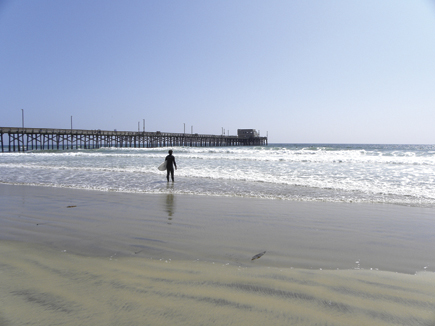 |
|
 |
|
|
Power
The Nikon and Pentax models work with proprietary rechargeables; all the others here are powered by AA batteries. On the one hand, there’s an advantage to AAs in that you can buy them in any convenience store wherever you might be and you can get rechargeable AAs to save money. But extended zoom cameras are power hogs, so if you’re going to be doing a lot of shooting, proprietary batteries tend to outlast AAs. If shooting with proprietary batteries, it’s a good idea to buy a back-up battery before it’s actually needed.
Conclusion
Do superzooms replace interchangeable long-range lenses, or even moderate tele-zooms with tele-extenders? Not in our book. But they are intriguing cameras that offer a very special point of view without the bulk, and certainly at a more affordable cost than the big glass teles. And there are some fascinating features in each camera.
The Olympus 26x zoom is the longest telephoto on the market, offering 676mm. On most models, there are also digital zoom capabilities. The Nikon 24x zoom has a maximum 642mm optical lens coverage. And if you are brave enough to venture into so-called digital zoom territory (essentially a crop into the sensor coverage), you can get coverage to 2496mm! (Since digital zoom necessarily degrades image quality, I’m not a big fan, but there are times when such long coverage can come in handy.)
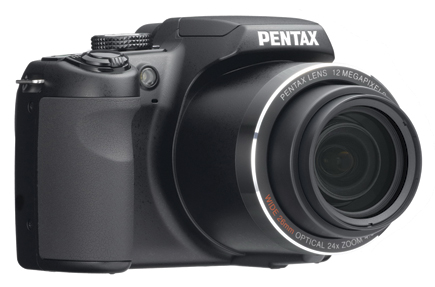 |
|
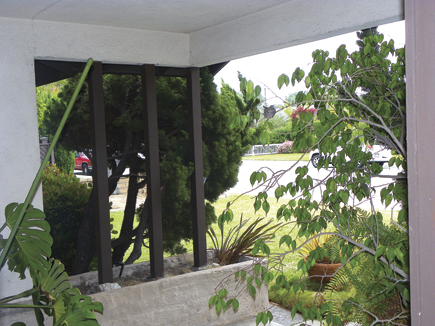 |
|
 |
|
|
The Canon incorporates HD video into its model that can capture 30 frames per second at a resolution of 1920x1080 pixels. The Kodak has a detachable vertical grip that makes it feel like you’re working with a D-SLR. A switch on the top of the camera activates a vertical shutter release.
So, while extended zooms do have their limitations, they are one solution for a photographer who likes to take both standard and very long-range telephoto pictures, but who doesn’t want to have to lug around a backpack or camera case full of gear.
Note: To see a comparison chart of the five extended zoom models mentioned in this article, go to the Instant Links section of our website at: www.shutterbug.com.
- Log in or register to post comments
